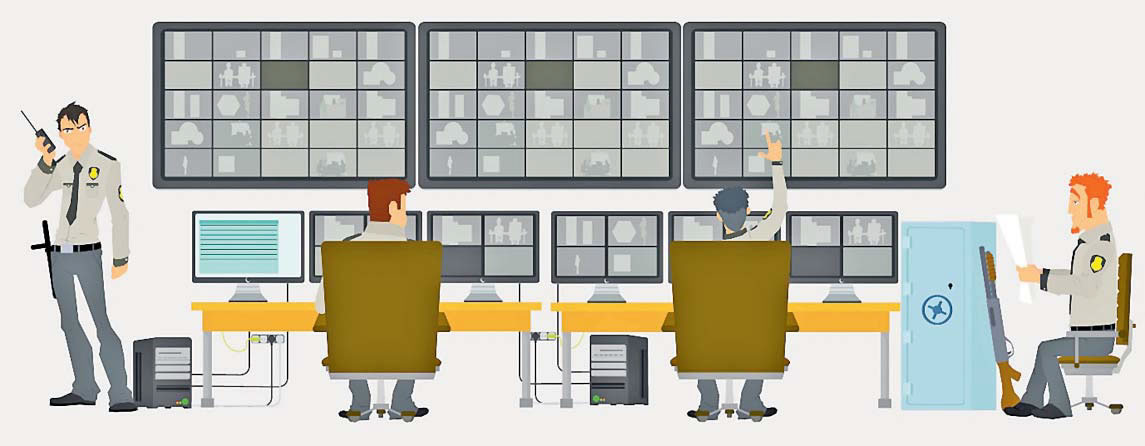Debate on the so- called “Police Bill” with many on social media espousing their views on its pros and cons.
There do not seem to be many pros and as is the case with many such situations objections and innuendo surrounding it has rapidly gathered momentum.
Circa 2010, I was involved directly in the implementation of data architectures and data warehouses enabling the major telecom operators in Australia to comply with the Australian Telecommunications Interception and Access Act (the Act).
It may be of interest to discuss those experiences as it relates to part of our proposed Police Bill.
I’m not sufficiently qualified to offer opinion on the pros and cons of the Bill, nor do I have data facts to support or oppose the proposal.
What I am able to do is share experiences with the implementation of a narrow yet important requirement of a section of the Police Bill – that of the retention, access, and analysis of telecommunication data.
The Act requires telecommunications companies to retain a set of telecommunications data for at least two years.
This ensured Australian law enforcement and security agencies were lawfully able to access data, with strict data governance and access controls surrounding it.
Telecom services including any communication over mobile or fixed lines, and any sort of data service including internet-based communication obliged telcos to retain data.
The data that was retained had to be encrypted and protected from unauthorised interference and access.
Some of the customer or subscriber information had to be retained for the life of the account and then for a further two years after the account is closed.
At the time there was a burgeoning demand by enforcement agencies, and post implementation the conclusion was that indeed, data played a central role in forensic and more recently preventative, criminal, and national security investigations.
That is why Australia deemed it critical that law enforcement continues to have the ability to lawfully access this kind of data in connection with their investigations.
But what may be of more interest locally is what personal data was made accessible, how much history was kept and whether this information was able to be obtained without needing to have access to your personal devices.
We cover that in Part 2: Required personal data
* Naleen Nageshwar is a practitioner of executive decision support, data analytics and digital business transformation specialising in business imperatives that can be supported through analytic insights and big data. The views expressed in this article are his own and not necessarily that of this newspaper.



